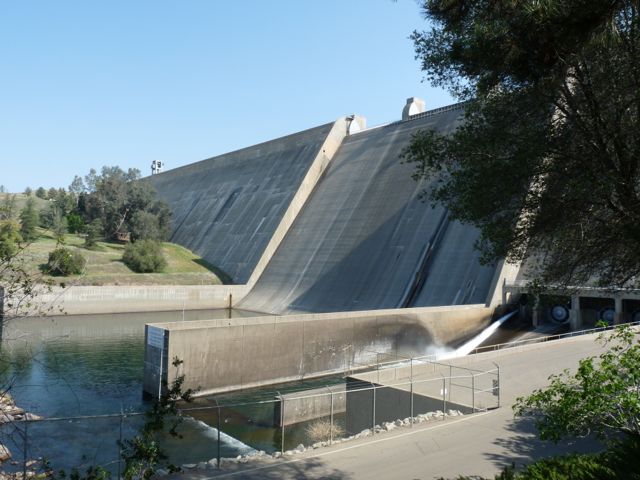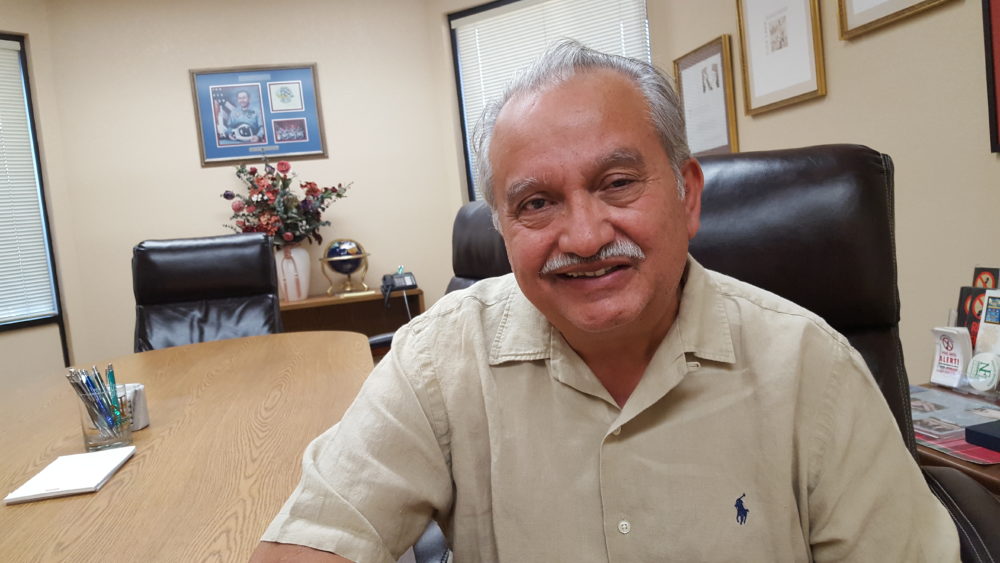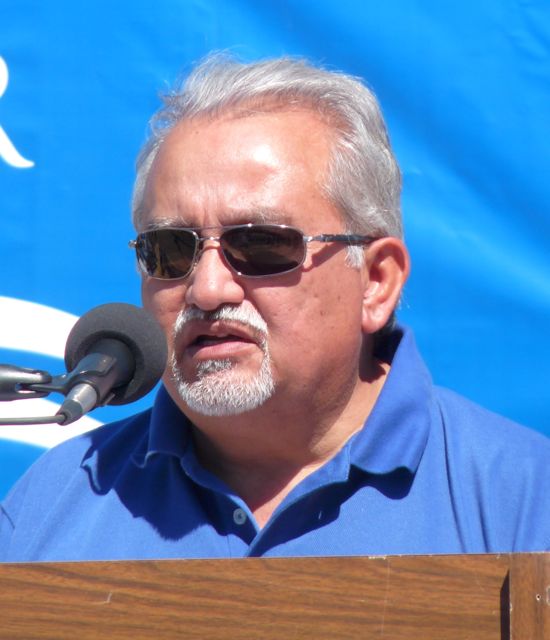Will Extra Water Storage Ever Become Reality?
Storage Reality!
Commentary from Families Protecting the Valley
Remember “The Water Quality, Supply, and Infrastructure Improvement Act of 2014”, otherwise known as Prop1? At last month’s meeting of the California Water Commission, staff updated the commissioners on the status of the projects in the Water Storage Investment Program (WSIP). Those are the storage projects in Prop 1. So, that was 2014, and it’s now 2020, and we’re still just talking, not building.
This process has gone on and on and on and on…So, here’s what’s happening. According to the California Water Commission in “2018, the Commission completed the application review process and made Maximum Conditional Eligibility Determinations or MCEDs for the eight projects under the Water Storage Investment Program.” Don’t know about you, but we love the bureaucratic lingo.
Since then the applicants have been moving forward with their projects to meet the statutory and regulatory requirements of the WSIP. So the applicants “submit quarterly reports to “summarize their activities as they move towards the final award hearing.
Click here for an article from the Commission the staff sho has put together an estimated timeline for the final award hearings and construction and operation of the projects. If you click on the link you will see projected construction will start on one project this year, one next year, and 3 in 2022. BUT the Program Manager noted that in 2018 when the conditional funding awards initially were made, the Commission made 9 determinations for each project and one of those determinations was that the projects appeared feasible. Appeared feasible? That doesn’t sound too good.
Here’s another thing. By January, 2022 the projects must have have a 75% commitment of non-public benefit cost share. So, they’re still trying to get funding. That’s a big maybe. If they get the funding and complete all the other requirements, the applicant will come before the Commission for the final feasibility finding. That’ll be December 2021. Here is something they ask you to keep in mind: “there is no deadline in statute for the final award hearing, and some projects could take years to complete these items. This is a long-term program.”
Used to be we’d pass a bond and build a dam. But now, this is how bureaucracy works. Good luck with whatever storage project you’re rooting for.



 “This is a major event, a significant milestone in terms of the process to get Temperance Flat Dam built.” Santoyo said. “In essence, it is a partnership between the new joint powers of authority and the U.S. Bureau of Reclamation, and, more specifically, their study team who worked on the technical studies and the feasibility reports for Temperance Flat.”
“This is a major event, a significant milestone in terms of the process to get Temperance Flat Dam built.” Santoyo said. “In essence, it is a partnership between the new joint powers of authority and the U.S. Bureau of Reclamation, and, more specifically, their study team who worked on the technical studies and the feasibility reports for Temperance Flat.”








